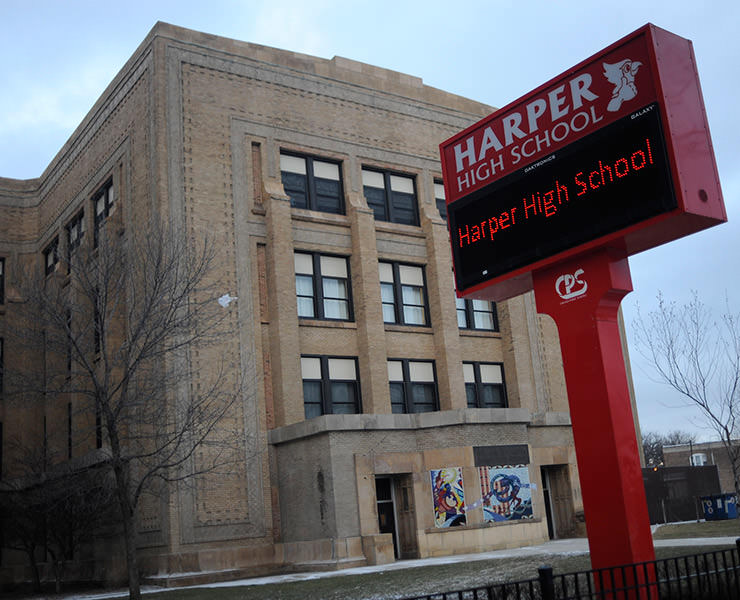Understanding School Safety
Despite national improvements in school safety, certain institutions have historically struggled with persistent incidents of violence and security challenges. While broader trends suggest school environments are safer than ever, specific cases continue to highlight the need for targeted intervention and long-term solutions.
This overview examines select schools previously identified for safety risks, offering insight into past designations and current conditions.
Abraham Lincoln High School – Philadelphia, Pennsylvania
Abraham Lincoln High School was once classified as a persistently dangerous institution beginning in 2006. Reports from students, parents, and faculty cited frequent campus violence and disruptions.
As of the latest data, the school has been removed from this designation, reflecting improvements in school climate and safety initiatives.
DeWitt Clinton High School – Bronx, New York
In 2010, DeWitt Clinton High School was recognized as one of the most heavily policed schools in the nation due to recurring incidents of aggravated assault and the discovery of weapons during security screenings. The situation prompted serious discussions about potential closure.
Since then, the school has launched efforts to improve both student safety and academic performance, with initiatives aimed at restoring a positive school environment.
South Philadelphia High School – Philadelphia, Pennsylvania
This school has a documented history of racial tension and bullying. Over five years, more than 530 assaults were reported, raising significant concerns about campus safety and inclusivity.
In response, the school has taken steps to address these challenges through staff training, community engagement, and updated disciplinary protocols.
Harper High School – Chicago, Illinois

Located in the Englewood neighborhood, Harper High School was affected by broader community issues, including gang violence. Although much of the danger occurred off-campus, its impact on students and staff remained severe. Internal conflicts and faculty assaults further contributed to its reputation.
Harper High School was officially closed in 2021 as part of a citywide restructuring plan. The facility has since been repurposed to support local community programs.
Summary
These schools illustrate how environmental, social, and economic conditions shape student safety and educational outcomes. While overall progress in school security continues nationwide, these examples emphasize the importance of sustained investment in preventive measures, community support, and educational equity to ensure all learning environments remain safe and supportive.
